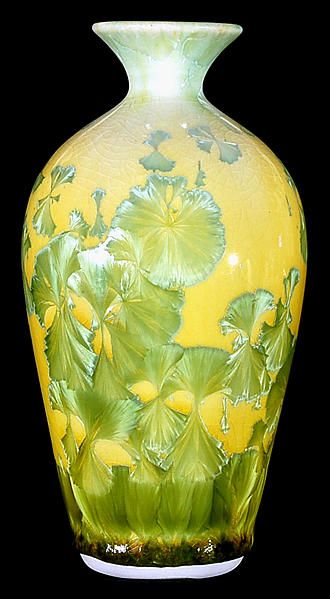Ceramic Oxide Colours

If tin is present in a white or pastel glaze the chrome reacts with the tin to create a pink coloration.
Ceramic oxide colours. Make some slip and add some oxides to create colors. Unlike working with paints what you put on your prize pot or sculpture can look very different before and after firing. Ceramic stains make it possible to create glazes that fire to just about any color of the rainbow. To get more uniform colors mix well.
Here are the top 10 ways to experiment with oxides. Although its raw color is different it is chemically identical to and acts the same as red iron oxide. Adding color to your pottery can be a tricky proposition. Ceramic oxide the aesthetic of weathering steel and oxidised metal evokes an industrial and avant garde architectural style which can now be achieved with ceramic tiles.
An ideal product to overcome the limits of metal in contact with the roof structure in sloping roofs. As a general rule ceramic stains and ceramic pigments look pretty much the same before and after firing while ceramic oxides like iron oxide cobalt oxide and copper. Top 10 ways to decorate with oxides you ve probably heard of oxides but you re probably wondering how they are used. John britt explains all you need to know about ceramic stains and shares a recipe for you to experiment with.
Well you ve come to the right place. If a glaze becomes oversaturated with copper oxide more than 5 it turns a matte metallic black. The oxide may also effect the color of the glaze. Ceramic stains are a mixture of ceramic oxides and coloring metal oxides that are melted in kilns quenched ground to specific mesh size and colored with organic dyes to simulate the fired color.
Black iron oxide ferrous oxide fe 3 o 4 is courser and generally not used. Ceramic colorants are added to a glaze or a clay to create color carbonates and oxides of certain metals characterize most colorants including the commonly used cobalt carbonate cobalt oxide chrome oxide red iron oxide and copper carbonate these colorants can create a multitude of colors depending on other materials they interact with and to which temperature and in which atmosphere they. In addition if any zinc oxide is present in the glaze you ll get a dirty brown color. Zirconium dioxide zro 2 sometimes known as zirconia not to be confused with zircon is a white crystalline oxide of zirconium its most naturally occurring form with a monoclinic crystalline structure is the mineral baddeleyite a dopant stabilized cubic structured zirconia cubic zirconia is synthesized in various colours for use as a gemstone and a diamond simulant.
Chromium oxide cr2o3 also known as chrome oxide gives a reliable green and is used together with varying amounts of cobalt in commercial green stains. But one drawback is that the glaze surfaces colored with ceramic stains often lack the depth of those glazes that use ceramic oxides. Brush oxides on greenware bisque and or glaze. Yellow iron oxide is another form of ferric oxide.



















